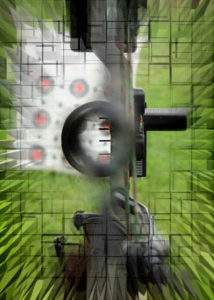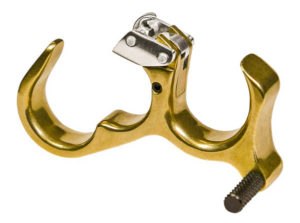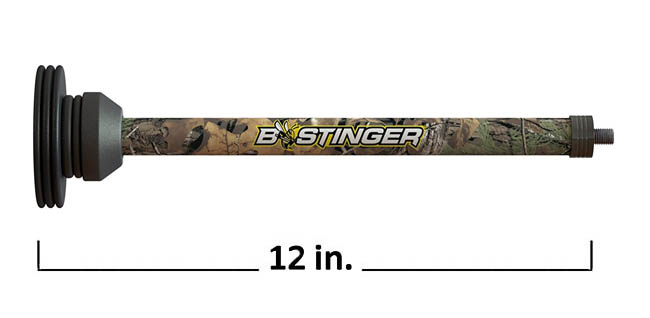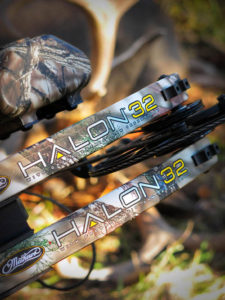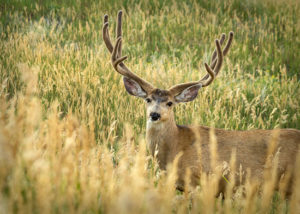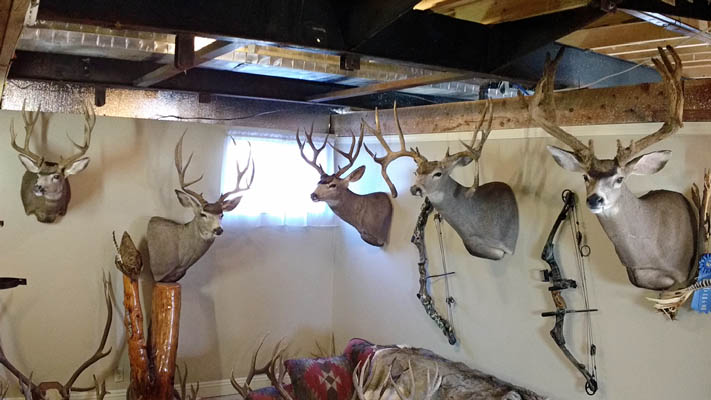Who is Chuck Adams?
Chuck Adams is a living legend in the bowhunting world. Not only was he the first to achieve the Grand Slam of North American big game with a bow, but he also took six world record animals during his career and currently has 211 animals registered with Pope & Young. In his epic book, Grand Slam, Chuck chronicles his decades-long quest to harvest all 27 species of North American big game (now 29 species).

Chuck Adams is probably the most prolific outdoor writer in history, having written innumerable articles for major hunting publications spanning four decades. He also wrote a handful of bowhunting books including three editions of Bowhunter’s Digest. In its time, Bowhunter’s Digest served as a comprehensive guide to bowhunting tactics and equipment.
Like so many other hunters from my generation, I’ve been reading Chuck’s articles since I was a teen. I’ve probably learned more about bowhunting from Chuck (may I call you Chuck?) than anyone else.
Recently I re-read Grand Slam, only this time I took careful notes in hopes of uncovering his secret to success. The following points are what I consider to be Chuck Adams’ top secrets to bowhunting success.
The Secrets of Chuck Adams’ Success
- Persistence. In a recent podcast Chuck was asked what his top tip for bowhunters would be. He responded, “Persistence …. It’s gonna go wrong most of the time … don’t give up.” Whether it takes multiple trips or multiple years, Chuck does whatever it takes to get his trophy.
- Personality. Chuck has what I call a “trophy hunter personality.” He has structured his entire life around bowhunting. Every decision he makes–no matter how insignificant–is made with consideration to how it will affect bowhunting. He even went so far as to forego having children. Most people can’t or won’t do these things. Also, being in the hunting industry full-time, Chuck has a vast network of outfitters and friends in the business who share information and support his goals.
- Time and Money. This goes hand in hand with his trophy personality. Basically Adams carved out a successful niche in the hunting industry as a freelance writer. In doing so, he is able to make his own schedule while earning enough money to afford his hunts, which in turn supports his career. That’s a rare feat. For the rest of us, we have to figure out how to earn enough money and free up work and family schedules for bowhunting. Chuck’s hunts average 14 days long, and many hunts—like sheep–require expensive guide fees and licenses.
- Extremely Tight Equipment Standards. Throughout his career, Chuck has maintained extremely tight standards for his bows, arrows, broadheads and other archery equipment. He upgraded his compound bow often as technology advanced. He constantly tests his equipment and won’t allow any arrow into his quiver that doesn’t spin perfectly. Chuck uses a rangefinder diligently, he sharpens his broadheads by hand, and he uses heavy-draw bows for maximum arrow penetration. This dedication drastically reduces variables and increases success rates.
- Physically Tough. Chuck doesn’t go into a lot of detail about his workout routine, but he does maintained peak physical fitness. At least in his younger days, there was nowhere he couldn’t go. Even his guides were surprised to see him keep up while toting a heavy load on his back. Successful bowhunters like Chuck do whatever it takes to get to the animals, no matter how rough the country or weather conditions.
- Hunting Alone. Like most successful hunters, Chuck is a lone wolf. Even on hunts that require a guide—in places like Canada and Alaska—Chuck leaves his guide behind for the final stalk. Chuck is a very personable guy and frequently shares a camp with good friends. But in the field he prefers to be alone.
- A Naturalist. It is evident from his writings that Chuck is as much a naturalist as a bowhunter. He is fascinated by the animals he hunts and learns as much as he can about their habits and behavior. Having a thorough understanding of his prey allows Chuck to close the distance on every big game species.
- Luck and Timing. Chuck readily admits that that many of his world record animals were taken by luck: basically being in the right place at the right time. Certainly luck plays a role in bowhunting, but you still have to be out there putting the time in. You also need to draw a decent tag for a unit that’s capable of producing trophy animals. Chuck puts himself in the right place at the right time and that’s how he gets so lucky. Timing has played another role in Chuck’s life. The bulk of his hunting career took place in the 70s, 80s, and 90s when there were more animals and greater opportunity.
Conclusion
Even today Chuck Adams continues to be an icon and voice for bowhunting. Great hunters need great mentors and Chuck Adams is probably the best bowhunter out there.
Aside from the eight items listed above, you’ll find a wealth of information and entertainment in his books. My favorites are Super Slam and Life at Full Draw.
To learn more from a living legend, visit Chuck’s website: https://www.chuckadamsarchery.com.

